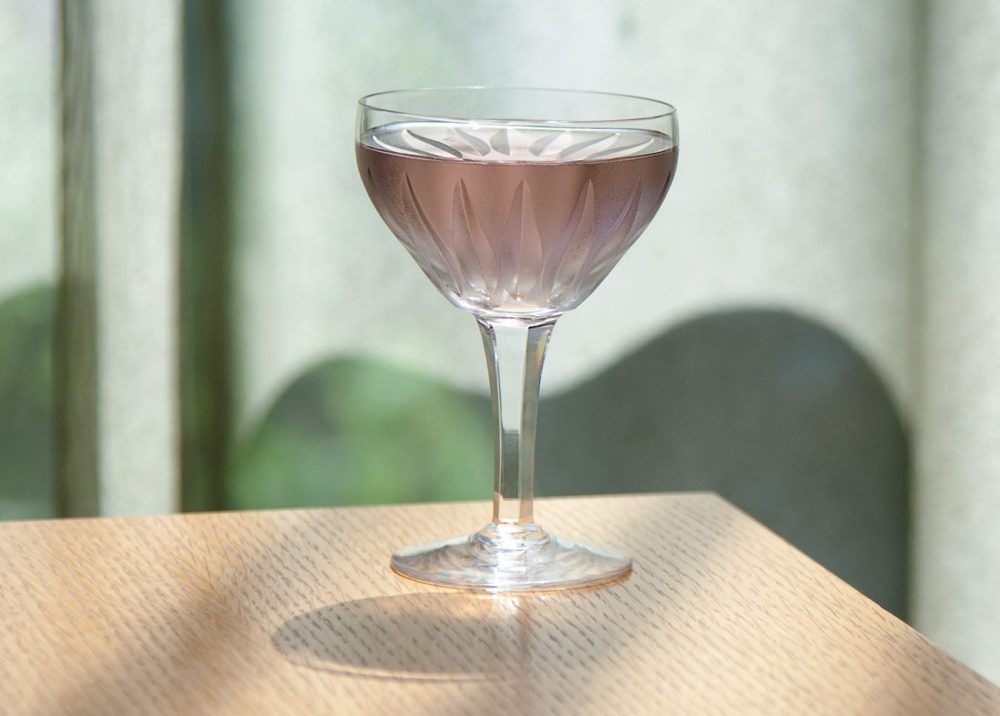It is a wonderful era for drinkers and bartenders. A resurgent classic cocktail doctrine has swept the continent, where pride in product, integrity of ingredients, and ingenuity have returned to stay. As bartenders’ repertoires are enlightened and beverage culture evolves, once forgotten spirits such as vermouths and amari have been dusted off and placed on pedestals; rich and assertive tastes of gin and American whiskies are favoured. Vodka, however, has become a bit of a black sheep—the brunt of bartender condescension.
Strange and contradictory then, that consumer desire for the spirit continues; vodka is still the planet’s most popular spirit. Since the 1950s, North American drinking culture has evolved around vodka, though invisibility has been key to its appeal. The absence of aroma, colour, and taste in vodka is quite intentional; it allows for virtually limitless combinations with other ingredients and often acts as nothing more than a spirited vehicle for these other characteristics. Vodka provides pleasure without overwhelming alcohol flavour.
Since its inception at least 1,000 years ago, Eastern European communities have embraced, advanced, and proliferated vodka. Russia and Poland are the two superpowers, but by definition, the demure distillate can be produced in any country using literally any base ingredients. Blond grains such as rye, wheat, and barley are typical of Russian vodka, whereas potatoes are the traditional source of starch in Poland.
For the general public, taste and brand preference are entirely personal and are generally a result of brand familiarity and successful marketing. A discerning vodka lover, however, will look for particular quality characteristics: bright aromas, luxurious texture, and mouth-watering palate.
Belvedere Vodka, for example, offers great palate satisfaction. Dankowskie Gold Rye is the particular grain in this Polish juggernaut, delivering gorgeous, creamy mouthfeel and spicy nuances with an elegant balance. The citrus nose and crisp personality all around lends well to pairing with lemon zest in a contemporary Martini.
Zubrowka ZU Bison Grass Vodka is made in Poland from rye, and is infused with native bison grass. This 700-year-old style of vodka has a plush palate with perceived tastes of apple and cinnamon, as well as literal grassiness. Though it is technically a “flavoured” vodka, Zubrowka’s greater richness and diversity of flavor lends well to cocktails.
Lighter in character, but a good introduction to the nuances of potato vodka, Luksusowa is a clean and fresh vodka also made in Poland. It has all the classic personality hallmarks of Polish potato vodka—mildly earthy, herbal, and slightly sweet—with brightness on the nose and palate.
The subtle virtues of vodka’s understated personalities can be disputed, but don’t forget that this spirit put cocktails back in our mouths. While so-called mixologists flirt with pretension by shunning vodka, if not for the tremendous popularity of modern drinks like the Cosmopolitan, classics—such as the Negroni—would never have had a chance at resurrection. Vodka is arguably responsible for the cocktail’s second coming, and as bartenders, we should really be more grateful.
Devotion to the grand history of cocktails and passionate recipe construction have evolved Vancouver bars and bartending to respect and admiration on an international level. Through all this proud success, we risk forgetting that we are part of the hospitality industry. A mixologist’s talent and resultant swagger can make for truly inspired cocktail creativity, but a true bartender is also a professional who remembers the customer is still always right.
More cocktails this way.









